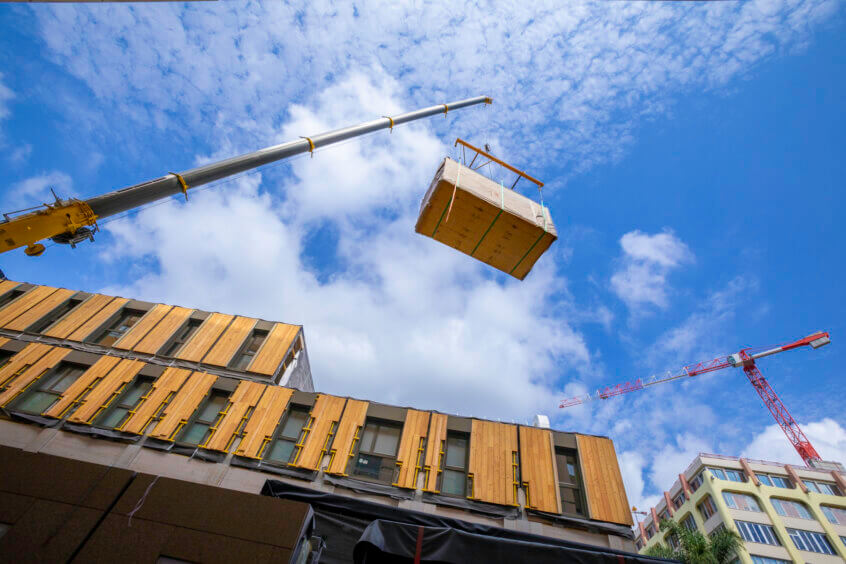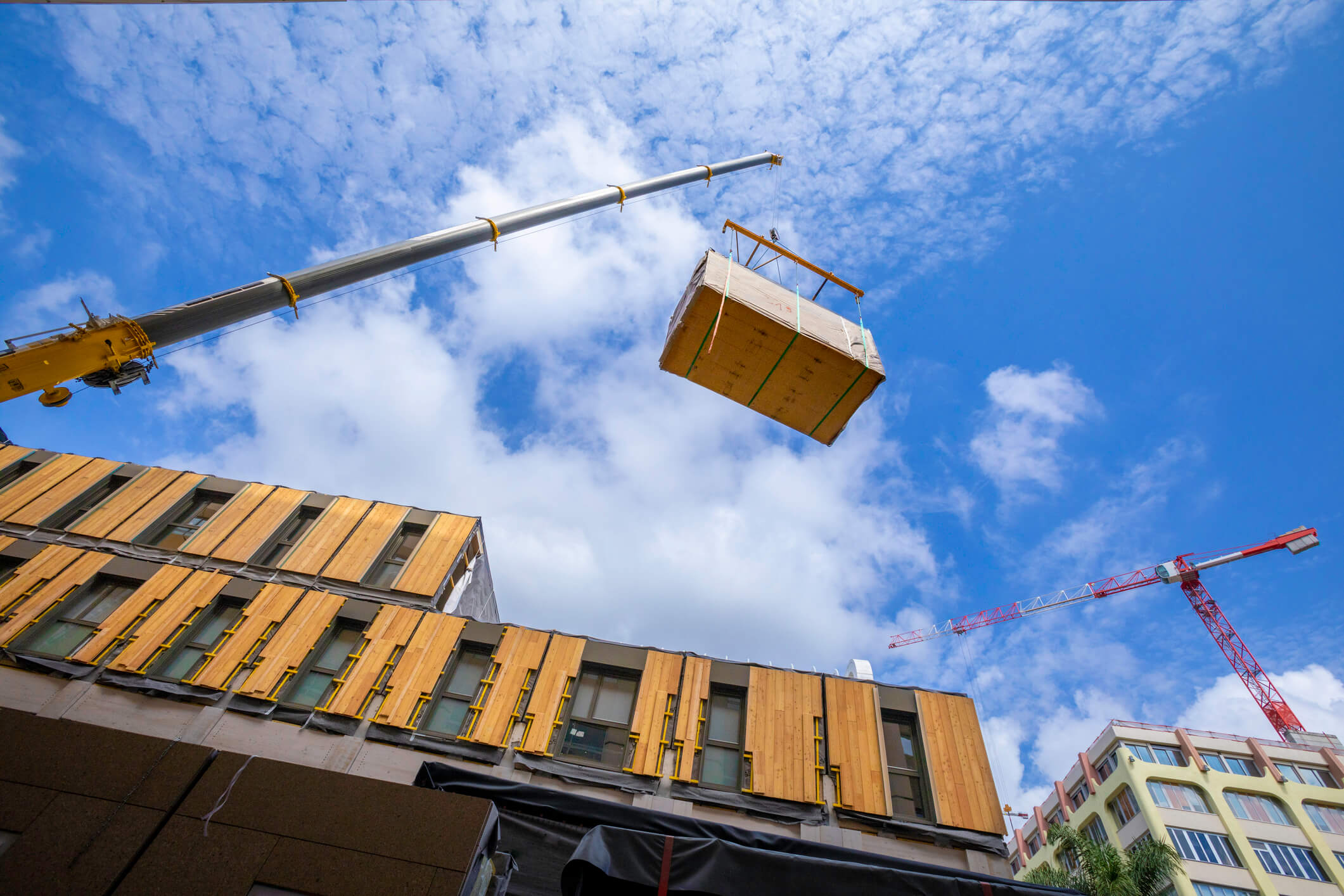The Mission Critical construction world has long-embraced prefabrication and offsite component manufacturing. Prefabrication, in particular, was identified early in the industry as a catalyst to reduce project schedules and get whitespace online as quickly as possible. With the demand for Mission Critical projects growing faster than the workforce that builds them, it is becoming more important than ever to find a competitive advantage.
While many markets slowed down through 2020 and 2021, the Data Center market continued to flourish.
The increase in cloud services and remote work accelerated the world’s need for reliable data. It has become both an expectation and a necessity for companies to provide means to access information remotely; to be able to hold meetings and interact “face to face” from anywhere in the world.
While the Mission Critical market is projecting to grow 8-12% each year for the next five years, the skilled labor force is projected to only grow annually between 5%-9%. This divergence is going to make skilled labor availability one of the largest drivers in data center construction and speed to market.
While manpower is needed on all projects, and overall manhours are driven by design, premanufacturing allows for a reduction of the peak manpower, which means fewer people are needed on site.
Prefabrication of large building components is an essential part of the plan when it comes to maximizing the available workforce. It minimizes peak manpower needed for a project in three ways:
-
Prefabrication allows us to resource-load projects.
Instead of a project following an inverted bell curve, premanufacturing allows for contractors to lower the peak of their manpower by pulling forward work that would normally happen during the peak into the timeframe that maximizes efficiency.
-
Prefabrication allows a single pool of manpower to serve multiple projects.
In most cases, this is a separate pool of manpower than the pool you will be drawing from to build your project. Manufacturing components in a central location allows for more freedom in data center location. Remote locations can now support data center construction because fewer people are needed on-site for installation.
-
Offsite manufacturing has a ripple effect on site construction requirements.
Manufacturing elsewhere moves support tasks away from the construction site as well as traditional manpower. Project managers, safety coordinators, and quality managers are needed to support offsite fabrication instead of onsite construction.
It’s worth noting that while it has many benefits, offsite manufacturing does have downsides. Manufacturing often demands additional structural supports for shipping and rigging. This additional structure adds not only material cost, but also manpower to manufacturing. Additionally, it adds shipping and rigging logistics that are not a part of traditional construction. As a result, when scaled up, heavy premanufacturing can often be cost-neutral, or in some cases, a cost add.
These costs can be minimized by making the early decision to maximize manufacturing. When properly designed and planned for, these costs are overshadowed by the quality, safety, schedule, and flexibility improvements that premanufacturing generates.
Have a question for our experts? Leave your comment below and check out our website for more information.






